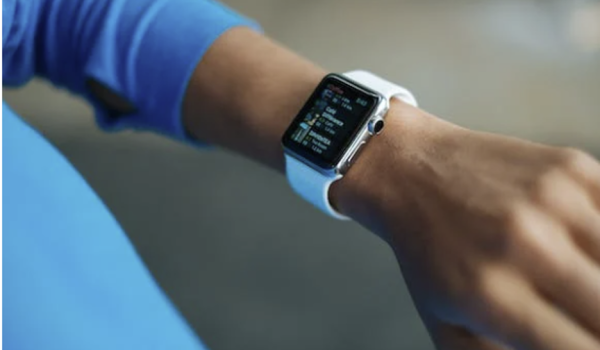A graphic design career is one of the most sought-after skillsets currently. Like any job, there are some vital skills that all aspiring designers must master to achieve their dream, the ones that any employer would be looking for to help you get hired and succeed in your design career. To distinguish yourself from other graphic designers in the job pool, you need the right combination of graphic designer skills i.e. technical and soft skills.
Whether the role you are getting is studio-based, in-house, or freelance, these skills are a must. Most people assume the skillset of a graphic designer revolves completely around artistic ability and perspective. But there’s a lot more to graphic design than most people realize. From understanding how to navigate complex tools like Adobe Photoshop to the ability to pitch ideas to clients and team members, as a graphic designer you need a lot of different skills. In this article, we’re going to be looking at some of the most essential skills needed to be a graphic designer.
Technical Skills
Adobe Design Software
The Adobe Design collection, which consists of Photoshop, Illustrator, and InDesign is a graphic designer’s best friend and most valuable piece of software. The platform is a desktop publishing and typesetting program that is used worldwide to create both digital and print media, the tool comes with diverse features. Although there is a rise in the use of Canva, Adobe Design software is still prominent among designers. The platform also has Adobe Stock which is the best option for stock photos. Your first step as a promising designer is to learn these applications, master them and start utilizing them to create projects.
Typography (Typesetting)
Typography is a major part of graphic design, which can’t be ignored. Typography means picking the right font for a project, which will also be visually appealing. As a designer, you need to be familiar with certain fonts and have a knowledge of leading, kerning, and tracking. Typography can either invoke feelings and emotions, while the wrong typography can distract or repel customers.
A Good Understanding of Digital Design: UX (User Interface) and UI Design (User Experience)
Every skilled graphic designer understands how important this platform is in the industry. UX and UI skills can help graphic designers improve their work and stay competitive. By understanding UX and UI, designers can create designs that are both visually appealing and functional. UX and UI design fall under digital design which is now an important skill set to have as a designer. UI is focused on visual experience, meaning how the design looks. Meanwhile, UX is focused on usability, how the design works, and what the user’s experience is or how consumers interact with designs. As a designer, if you have this skill aside from the traditional designer skillset you can stand out from the competition
Non-Technical
Creativity
Creativity is a must-have skill. As a designer, you need to constantly come up with new, fresh ideas, adjusted to the needs and requests of clients. You’ll need to be able to translate clients’ ideas into designs, that speak to what they need, by giving them a range of different designs and ideas to choose from. Creativity can be natural or born with, but this skill can be learned or nurtured usually through discovery, practice, and inspiration.
Ideation
The concept of ideation is crucial to the skills of a graphic designer. Ideation means the formation of concepts or ideas to be developed into real-life creatives. Graphic design is all about generating and communicating visual concepts. A lot of factors go into ideation, it includes research that helps to gather and inform your decision-making and idea direction.
After research, you can begin idea generation which may include brainstorming and mind-mapping, and narrowing to the specific or chosen idea. You’ll then need to evaluate the ideas you’ve created and determine what works and what doesn’t for your client.
Communication
Communication skills are required in almost every job. As a graphic designer, you’ll need to be able to communicate your ideas to your target audience and get them to understand the idea you are pitching to them. As well as getting to understand their expectations before you design anything. Good communication will ensure you’re not wasting your time on designs your clients don’t need or won’t appreciate. It gives you a better understanding of your client’s needs and timelines, and how to provide effective results.
In today’s increasingly digital landscape, you’ll need to master all these skills and utilize them in your field of work. If you build just the right combination of technical and soft skills, you’ll have a better chance of landing the design job of your dreams.
Photo: Pixel-Shot/Shutterstock
You might also like:
Support us!
All your donations will be used to pay the magazine’s journalists and to support the ongoing costs of maintaining the site.
Share this post
Interested in co-operating with us?
We are open to co-operation from writers and businesses alike. You can reach us on our email at [email protected]/[email protected] and we will get back to you as quick as we can.










